Broadcast Sport visited the remote production at Stockley Park to see how the streamer is approaching the ambitious event
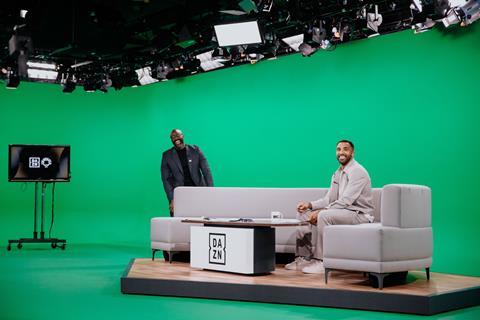
“I’ve never worked on a production like this.”
This is no small remark when it comes from Simon Corney, who has worked on World Cups and European Championships during his almost two decades in the industry, and is now senior executive producer for DAZN’s FIFA Club World Cup broadcast.
Corney had a lot on his plate when he was told to bring together DAZN’s production of the Club World Cup roughly six months before the tournament began, with the late start caused by the last-minute nature of the rights acquisition by the streamer. That a tournament that takes place over multiple time zones and across a country that isn’t dissimilar in size to the European continent has come together without any faults so far – the semi-finals and final are still come – is no mean feat.
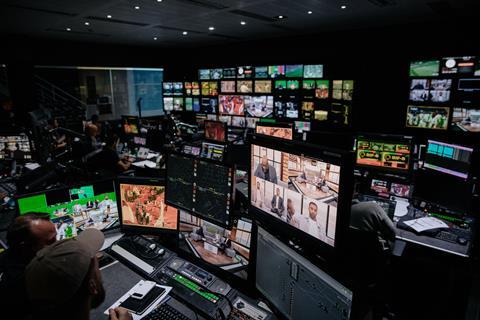
Up until the quarter finals, the global English language broadcast, which goes out to over 100 markets around the globe, but not the US, where TNT Sports handled production, was produced and distributed from IMG Studios in Stockley Park, with HBS handling the world feed. This has included 24/7 operations due to the various time zones involved, and over 300 staff working on the tournament. Staff changes over in the gallery between each show, with six minutes for the new group to settle in before the next fixture begins.
This included a large virtual studio for the UK broadcast designed by Jago Designs and created by AE Live, which was in part chosen so that branding could be quickly changed to reflect games simulcast through free-to-air partner 5. This setup is mirrored in all key markets, with separate a studio and production team in each.
From the quarter-finals onwards, this moved to pitchside in the US, while global content operations continued at IMG’s facility.
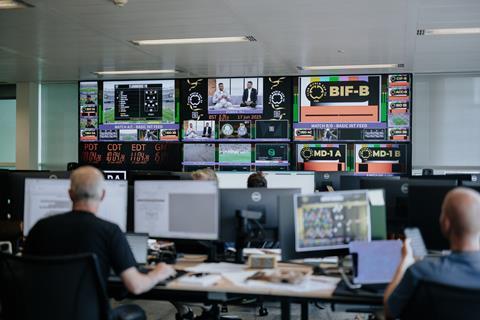
While large tournaments aren’t a new thing, it is new for one broadcaster to take global rights. This centralisation, while allowing efficiencies, has complicated distribution and production in some ways, with all markets taking ad breaks at the same time – directed by a single “voice of God” who counts everyone in. The content of those ad breaks is different in each market, for example including in-match ads on an “L” bar in South American territories, which isn’t allowed in countries with different regulations.
Highlights are also cut at Stockley Park, with an EVS system used instead of traditional editing software as part of a workflow believed to speed up turnaround. One and three minute highlights are sent to DAZN’s Leeds facility and put out on its platform and social channels minutes after full time, with a 12-minute version out within 30 minutes, all branded and with additional graphics added. Corney considered using AI for this, but believes that it “misreads” situations in a free flowing game like football, and as such, “would need human oversight, so we might as well use a human from the start.” There are also 11 24-hour edit rooms being used at Stockley Park, for content that isn’t near-live highlights.
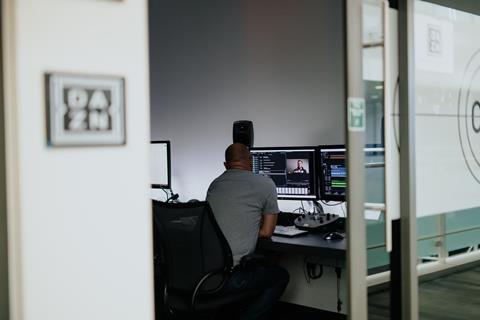
In addition to those at IMG, hundreds more staff are onsite in the US across the 12 stadiums involved. Among these are eight commentary teams – which include main commentator, co-commentator and match reporter – which stay in their trios throughout the tournament. There is also a camera op and reporter embedded with each team, producing content such as interviews and more informal moments such as capturing team golf days. Each reporter tends to come from the team’s home market, ensuring a knowledge of the club.
When it comes to the punditry, Corney and DAZN were keen to avoid talent associated with other broadcasters, and different lineups were used across each core market.
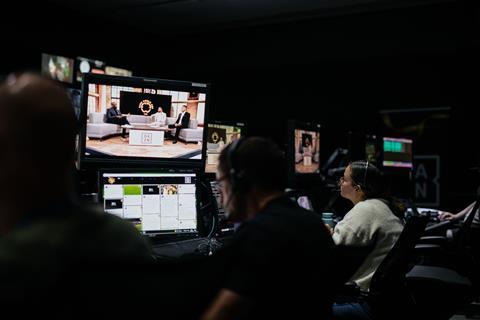
The worldwide nature of DAZN’s work is a first for a major tournament, but IMG has prior experience as producer of Apple’s global MLS broadcasts, and for its SVP of tech operations, James Clement, “There is no such thing as a normal tournament anymore.” Remote production is key to being able to handle the broadcast, which Clement says, “We go to clients with first now. Its costs are coming down and it is the standard.”
As former Premier League goalkeeper Shay Given, who has been a pundit on DAZN’s coverage, noted, “You can be anywhere in the world talking about football.”





No comments yet